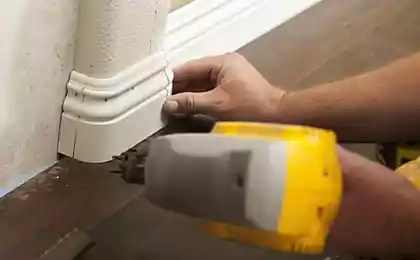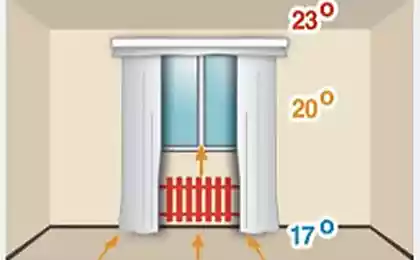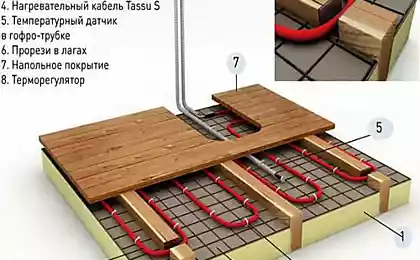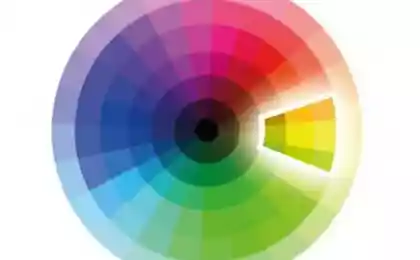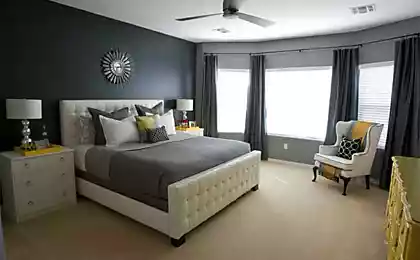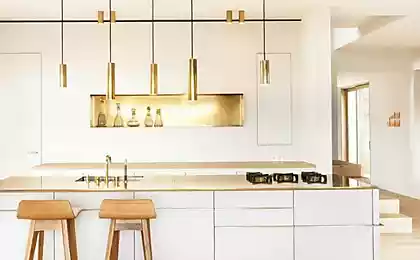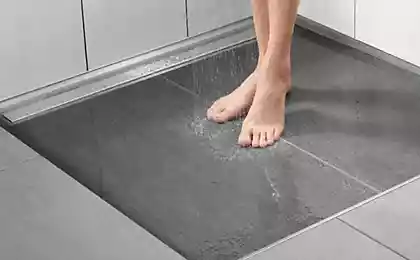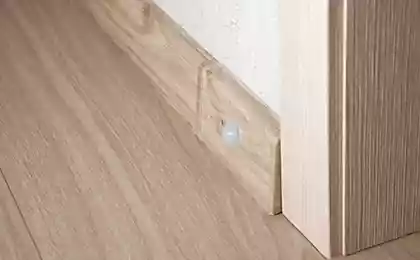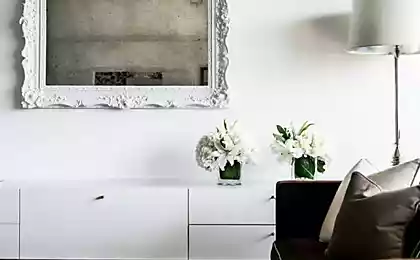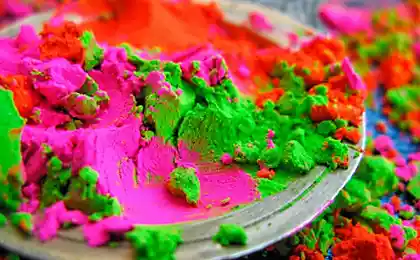207
Why the designer is terribly ashamed of customers who choose the plinth to the color of the floor
Repair is not even a process, but a real state of mind. At least some people think so. Today we would like to draw your attention to such a seemingly insignificant detail of the interior as the plinth. How to pick up the plinth In an apartment or house, where to base your choice and why pay so much attention to it?
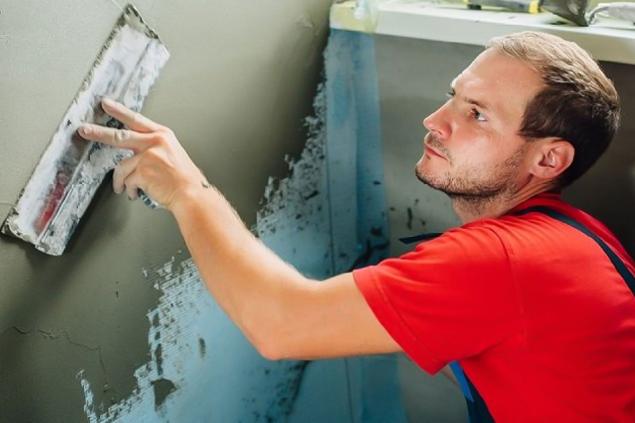
Undoubtedly, the question is interesting. Below we will try to fully understand this issue, so that your interior not only pleases the eye with its beauty, but also would be practical and modern.
How to choose the plinth Materials boards Wooden plinth: the most popular type of plinths. It is used most often in rooms with high passability. It is best suited for laminate or parquet. This type of plinth is made from, in fact, treeeither veneer.
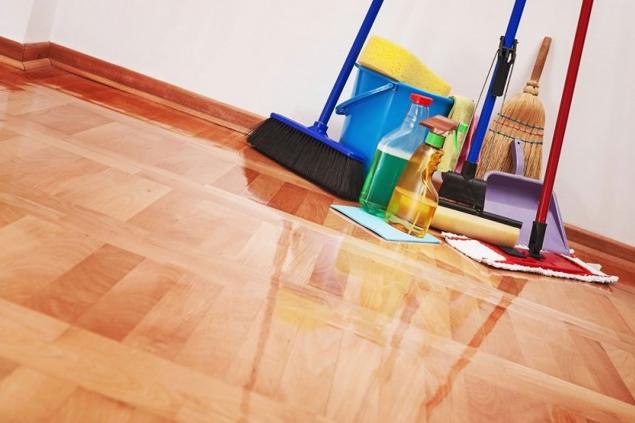
The main factors when choosing a wooden plinth are:
Plastic plinth: almost not inferior to wood in its popularity, mainly because of low-value. He's rich. palette and size. Any floor covering will be accepted. It is done in the vast majority of PVC.
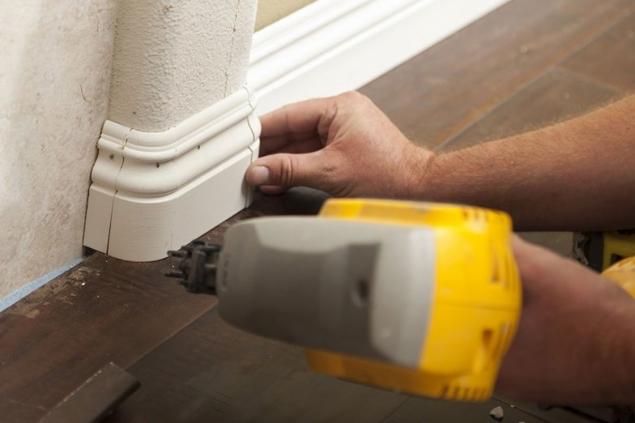
The main factors when choosing a plastic plinth are:
Laminated plinth: allows you to transform the room to your taste. It is in a sense a novelty in the line of boards. It is textured and has many different models. It's made from MDF.
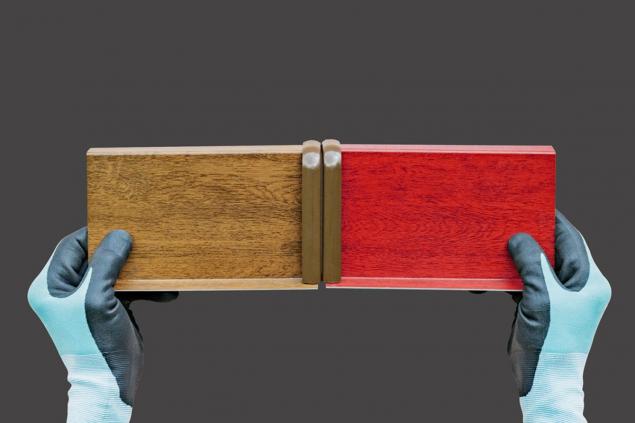
The main factors when choosing a laminated plinth are:
We should also not forget about polyurethane. metallic. tile plinth stucco. But they are not used as often as the ones we described above.
What goes with the plinth Plinth-colored doors. Probably the most popular choice. A great solution to fit a door that is different from the rest of the interior.
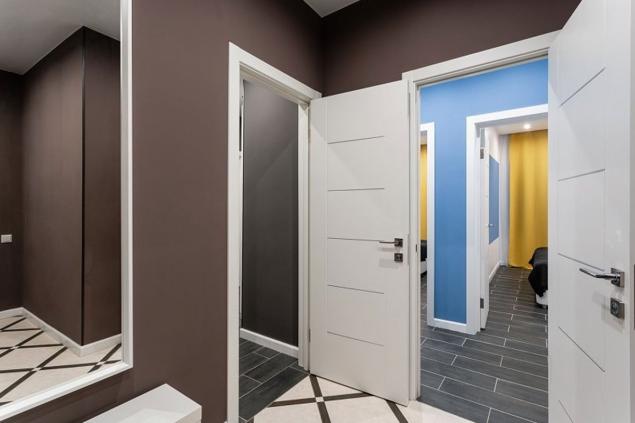
The floorboard. The second most popular solution. Some “experts” may argue that so you make a “tough” out of the room, they say, the plinth will visually raise the height of the floor. But even some manufacturers make it possible to immediately buy their plinth of the same color to the laminate.
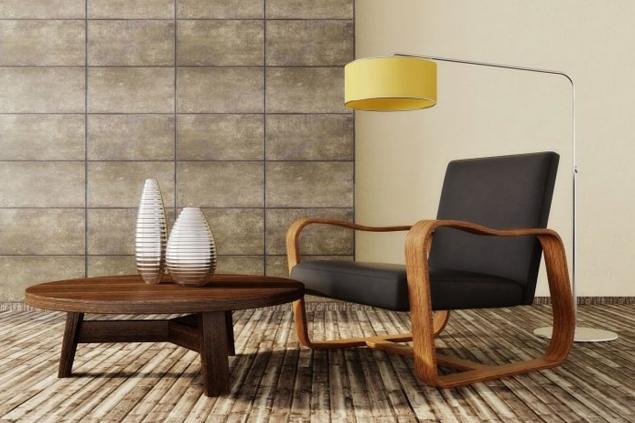
The only thing that can spoil this choice of plinth is the combination of its color with the color of the door casing. But this is not a problem: in modern doors, the casings are easily changed to suit the appearance of the entire room.
Plinth to wall color. Sometimes there are cases when a person really likes a color, and he wants to “saturate” the room with this color. Then there is no other choice, the plinth here will carry a purely additional function, otherwise the monochromatic color of the room will not work. But we advise you to first ask what color is responsible for what, and decide whether you need constant “cold” with only blue color or excessive “brain activity” if the room is completely orange.
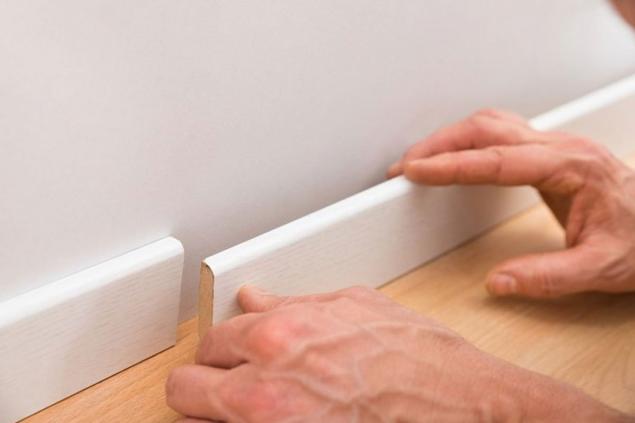
The plinth crossing the tone of the walls. If the plinth is made to a tone darker than the wall, and at the same time do the same with the ceiling cornice, there will be a feeling of blurring the boundaries of the whole room. This technique is very popular when you need to visually enlarge a small room.
Plinth, combined with window frames. If the window frames are beautiful in themselves and differ from the floor covering, you can install the plinth of the same color with them. This option is especially good if the doors are combined with windows. Throughout the room will pass one stylish accent.
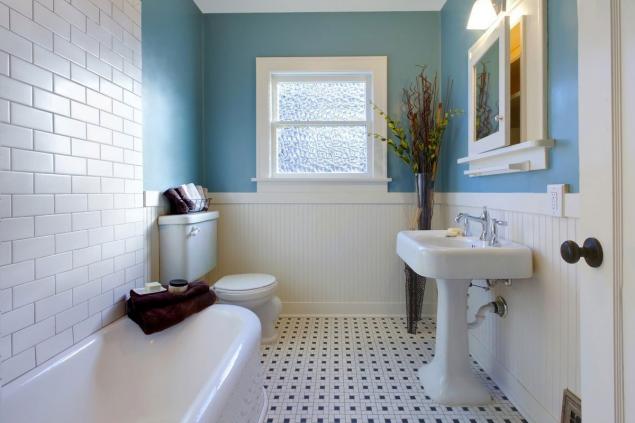
There are also options for pairing with stuccoMirrors and tiles. But such options are better left to interior specialists, because it may happen that you just draw all the attention to the plinth and spoil the entire appearance of the room. Let's leave some cases to the professionals.
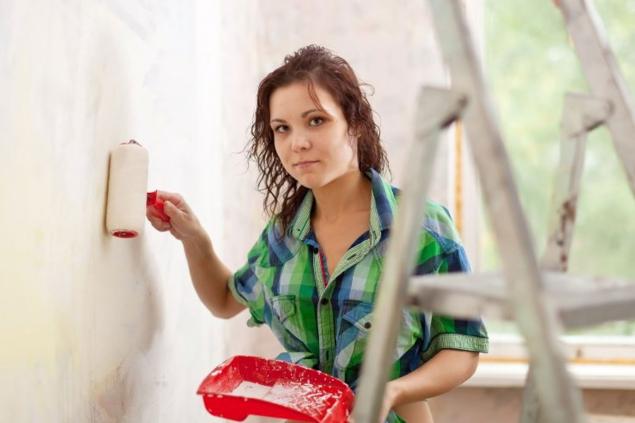
We are glad that we were able to help you understand the question of what the plinth is and what it is eaten with. We hope that you will take for yourself a lot of useful and interesting. And since repair is a long and creative process, do not worry, we will always have something to tell you. It's all about the details. We wish you good discoveries!

Undoubtedly, the question is interesting. Below we will try to fully understand this issue, so that your interior not only pleases the eye with its beauty, but also would be practical and modern.
How to choose the plinth Materials boards Wooden plinth: the most popular type of plinths. It is used most often in rooms with high passability. It is best suited for laminate or parquet. This type of plinth is made from, in fact, treeeither veneer.

The main factors when choosing a wooden plinth are:
- Durability.
- Eco-friendly.
- Resistance to grinding with the sole and mechanical effects.
Plastic plinth: almost not inferior to wood in its popularity, mainly because of low-value. He's rich. palette and size. Any floor covering will be accepted. It is done in the vast majority of PVC.

The main factors when choosing a plastic plinth are:
- Smooth and smooth factory surface.
- Ease and durability in operation.
- Moisture and dust resistance.
- Rich choice of models.
Laminated plinth: allows you to transform the room to your taste. It is in a sense a novelty in the line of boards. It is textured and has many different models. It's made from MDF.

The main factors when choosing a laminated plinth are:
- The choice of different forms and textures.
- Wet resistance.
- Durability.
- Possibility of use as an element of decoration.
We should also not forget about polyurethane. metallic. tile plinth stucco. But they are not used as often as the ones we described above.
What goes with the plinth Plinth-colored doors. Probably the most popular choice. A great solution to fit a door that is different from the rest of the interior.

The floorboard. The second most popular solution. Some “experts” may argue that so you make a “tough” out of the room, they say, the plinth will visually raise the height of the floor. But even some manufacturers make it possible to immediately buy their plinth of the same color to the laminate.

The only thing that can spoil this choice of plinth is the combination of its color with the color of the door casing. But this is not a problem: in modern doors, the casings are easily changed to suit the appearance of the entire room.
Plinth to wall color. Sometimes there are cases when a person really likes a color, and he wants to “saturate” the room with this color. Then there is no other choice, the plinth here will carry a purely additional function, otherwise the monochromatic color of the room will not work. But we advise you to first ask what color is responsible for what, and decide whether you need constant “cold” with only blue color or excessive “brain activity” if the room is completely orange.

The plinth crossing the tone of the walls. If the plinth is made to a tone darker than the wall, and at the same time do the same with the ceiling cornice, there will be a feeling of blurring the boundaries of the whole room. This technique is very popular when you need to visually enlarge a small room.
Plinth, combined with window frames. If the window frames are beautiful in themselves and differ from the floor covering, you can install the plinth of the same color with them. This option is especially good if the doors are combined with windows. Throughout the room will pass one stylish accent.

There are also options for pairing with stuccoMirrors and tiles. But such options are better left to interior specialists, because it may happen that you just draw all the attention to the plinth and spoil the entire appearance of the room. Let's leave some cases to the professionals.

We are glad that we were able to help you understand the question of what the plinth is and what it is eaten with. We hope that you will take for yourself a lot of useful and interesting. And since repair is a long and creative process, do not worry, we will always have something to tell you. It's all about the details. We wish you good discoveries!
Jewish way of ordinary mushrooms and oysters to fry a pan of delicious
Why they say you can not drink green tea after eating
